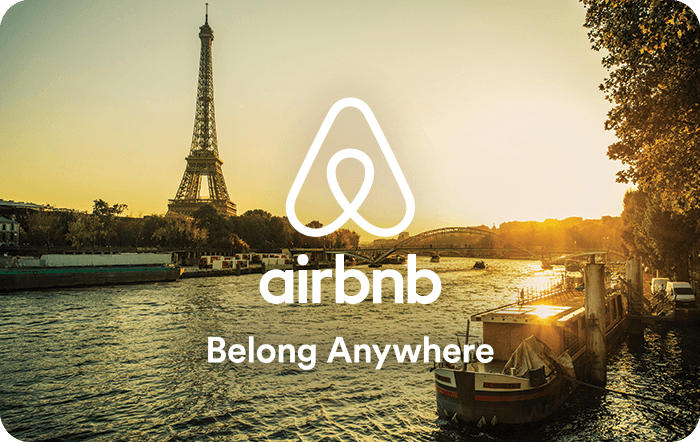Storytelling in marketing isn’t just a trend; it’s a powerful tool that can transform how you connect with your audience. Brands that master the art of storytelling create memorable experiences that resonate and inspire. Let’s dive into why storytelling works so well in marketing and explore some brands that do it brilliantly.
Why Storytelling Works
Stories captivate us. From childhood bedtime tales to gripping novels, stories have a unique way of engaging our emotions. In marketing, storytelling turns dry facts into compelling narratives that stick. Would you rather hear about a product’s features or a heartfelt story of how it changed someone’s life? Stories add context, making your message relatable and impactful.
Apple: Think Different

Apple has always been a master storyteller. Their “Think Different” campaign celebrated visionaries like Albert Einstein and Mahatma Gandhi. The message? Apple products are for those who dare to think differently and change the world. This narrative resonates deeply with creative and innovative minds, making Apple more than just a tech company; it’s a symbol of creativity and rebellion. The storytelling in their product launches and ads continues to emphasize innovation and user experience.
Coca-Cola: Share a Coke

Coca-Cola’s “Share a Coke” campaign is a genius example of personalized storytelling. By putting names on their bottles, Coca-Cola turned a simple soda into a personal gift. People loved finding their names and sharing bottles with friends and family. This campaign created millions of personal stories and social media shares, turning customers into active participants in the brand’s narrative.
Airbnb: Belong Anywhere

Airbnb’s storytelling centers on belonging and experiences. Their “Belong Anywhere” campaign shares real stories from hosts and guests around the world. These stories highlight the unique and personal experiences that staying in an Airbnb can offer, making it more than just a place to sleep. It’s about connection, adventure, and feeling at home no matter where you are.
Emotional Connection
Great storytelling evokes emotions. Whether it’s joy, sadness, excitement, or nostalgia, emotions make your message memorable. Think about John Lewis’ Christmas ads. Each year, they tell a touching story that tugs at your heartstrings. These ads aren’t just about selling products; they create a festive, emotional connection that viewers look forward to.
Visual Storytelling
Don’t underestimate the power of visuals in storytelling. Images, videos, and graphics can bring your story to life in ways words alone can’t. For instance, Red Bull’s extreme sports videos don’t just show stunts; they tell thrilling stories of adventure and pushing boundaries. These visual stories are engaging and align perfectly with Red Bull’s brand image.
Consistency Across Channels
Your story should be consistent across all marketing channels. Whether it’s social media, email, or your website, the same narrative should shine through. This consistency reinforces your message and helps build a cohesive brand identity. For example, Dove’s “Real Beauty” campaign maintains a consistent narrative about self-esteem and body positivity across all platforms.
User-Generated Content
Involve your audience in your storytelling. User-generated content adds authenticity and variety to your campaign. Encourage customers to share their stories and experiences with your brand. Feature these stories on your social media and website. Not only does this provide fresh content, but it also makes your customers feel valued and heard. It turns your audience into active participants in your brand story.
The Power of Nostalgia
Nostalgia is a powerful storytelling tool. Tapping into fond memories can create a deep emotional connection with your audience. For example, a toy brand could create a campaign that reminds adults of their childhood and the joy of play. Nostalgic stories resonate strongly and can evoke positive feelings that enhance brand loyalty.
Measuring Success
How do you know if your storytelling is effective? Track engagement metrics like shares, comments, and likes. Pay attention to customer feedback and monitor changes in brand perception. Successful storytelling should lead to increased engagement, loyalty, and ultimately, sales. Use these insights to refine your storytelling strategy and make it even more compelling.

